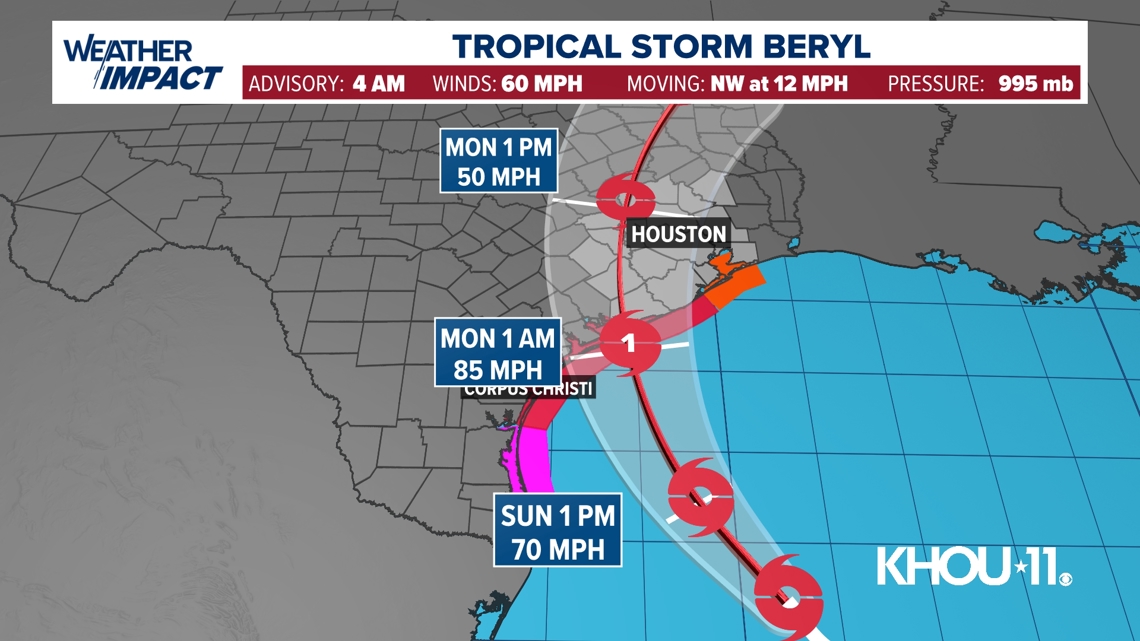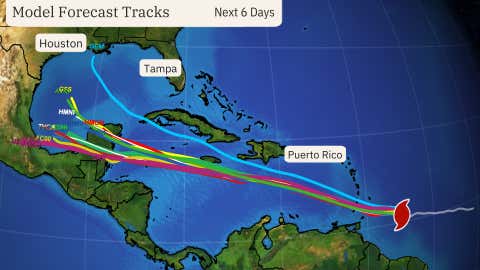Sustained, strong demand is, I perceive, the best guarantor of resilient supply chains. High volume, high velocity contemporary supply chains demonstrate rather amazing creativity and adaptability when pull signals keep singing. (The reverse can also be true, when pull is muted, push is demoralized and distracted.)
As such the monthly retail sales and personal consumption expenditure reports are among our best indicators of overall supply chain fitness. Below is a helpful chart condensing this morning’s retail sales report for June.
The Census Bureau delivers these details, “Advance estimates of U.S. retail and food services sales for June 2024, adjusted for seasonal variation and holiday and trading-day differences, but not for price changes, were $704.3 billion, virtually unchanged (±0.5 percent) from the previous month, but up 2.3 percent (±0.5 percent) above June 2023. Total sales for the April 2024 through June 2024 period were up 2.5 percent (±0.5 percent) from the same period a year ago. The April 2024 to May 2024 percent change was revised from up 0.1 percent (±0.4 percent)* to up 0.3 percent (±0.2 percent). ” (More and more.)
Category-specific outcomes were mostly better than the overall. Used car sales took a huge hit in June because of the cyberattack on back office systems serving that sector. Excluding disrupted auto sales and lower priced gasoline, total retail sales increased 8 percent month-over-month. Despite the surprisingly strong increase, both wholesale and retail inventories increased slightly. This is not a stress test, this a healthy habit of day-after-day exercise.
The second chart below — showing sales at grocery stores and eating-out places — suggests to me a consumer population that since last November has found a balance of careful shopping and occasional fun that reasonably reflects recent wage trajectories.

















